Domestic liquidity rose by LE2103.9 billion, or 25.5 per cent, between July 2023 and May 2024, to hit LE10.352 trillion in May 2024, according to data from the Central Bank of Egypt (CBE).
CBE data showed that the rise was reflected in the growth of quasi-money by LE1.59 trillion, or 25.8 per cent, and money supply (M1) by LE509.2 billion or 24.7 per cent.
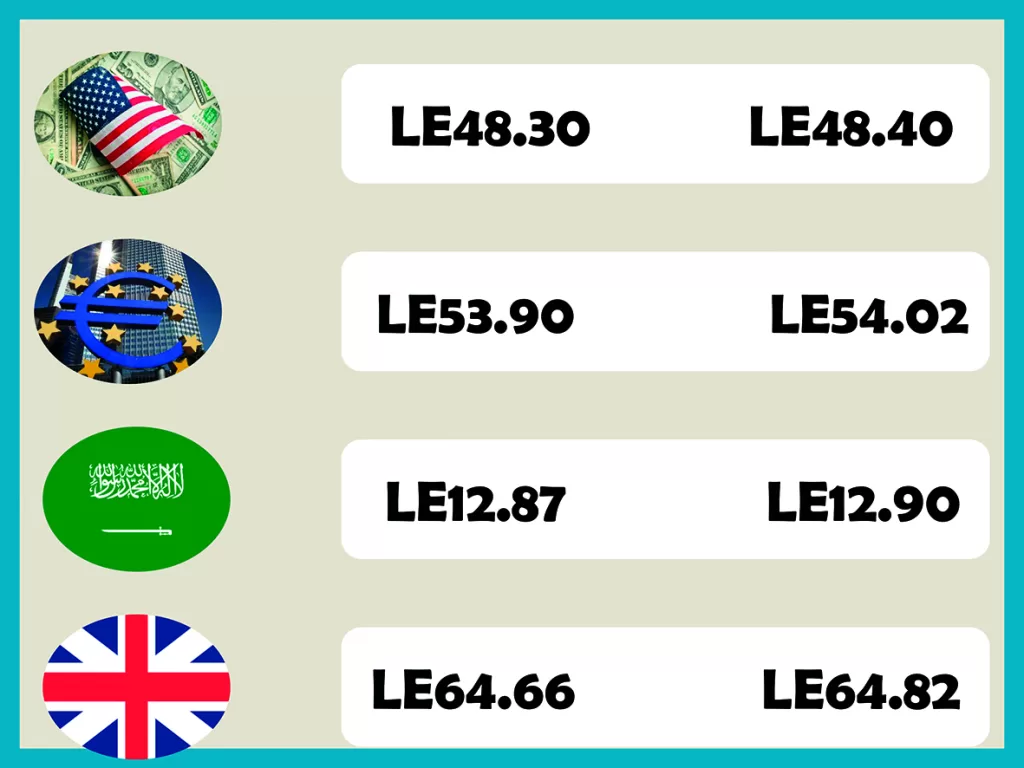
The increase in quasi-money was ascribed to a rise in both foreign currency deposits by LE925.1 billion worth, or 61 per cent, and time and saving deposits in local currency by LE669.6 billion, or 14.3 per cent, according to CBE data.
Domestic liquidity refers to the amount of money circulating within a country’s economy. It includes cash, bank deposits, and other forms of liquid assets that can be easily converted into cash.
CBE’s gold balances rise to LE498.23b
CBE’s gold balances rose to LE498.23 billion in August, up from LE479.38 billion in the previous month.
CBE’s stakes in international financial institutions rose to LE26.21 billion in August, up from LE26.06 billion a month earlier.
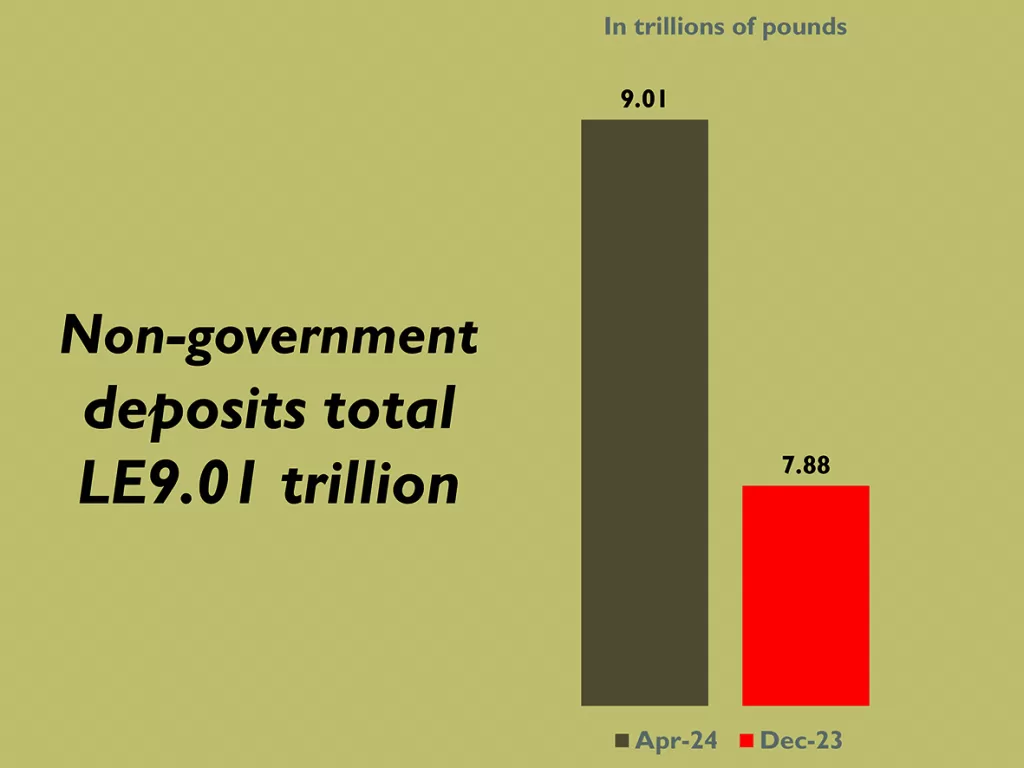
The central bank’s subsidiary stakes were unchanged at LE75.89 billion in August, compared to a month earlier. CBE’s assets rose to LE6.02 trillion in August, compared to LE5.945 trillion in July.
The overnight deposit and lending rates stand at 27.25 and 28.25 per cent, respectively, while the main operation and discount rates are set at 27.75 per cent each, according to CBE data.
The CBE posted a net profit worth LE45.48 billion in August, up from profits totalling LE42.059 billion in July, according to CBE’s monthly bulletin.
BMI: Robust growth in MENA
Growth in Middle East and North Africa (MENA) region may accelerate from the 1.8 per cent rate recorded in 2023, to 2.3 per cent, market research firm BMI said in a recent report.
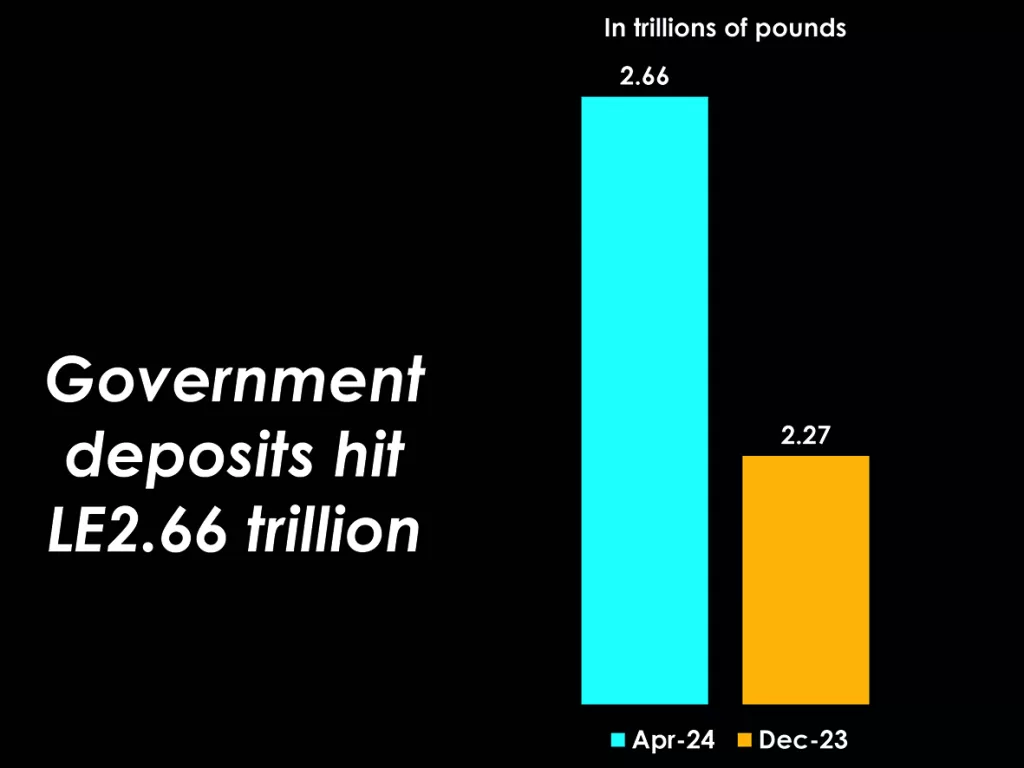
BMI, which affiliated with Fitch Solutions, forecast a more moderate acceleration in MENA growth in 2024 from 1.8 per cent in 2023 to 2.3 per cent, compared to the 2.6 per cent it had expected in the second quarter (Q2) in 2024.
“This is largely because of the OPEC+ July actions, a weaker-than-expected performance in the first half (H1), high frequency data, and the extended conflict in Gaza. Political and economic factors will keep MENA growth well below the 2015-19 average of 2.6 per cent and the 2010-19 average of 3.5 per cent,” said the BMI report, a copy of which was made available to the Egyptian Mail.
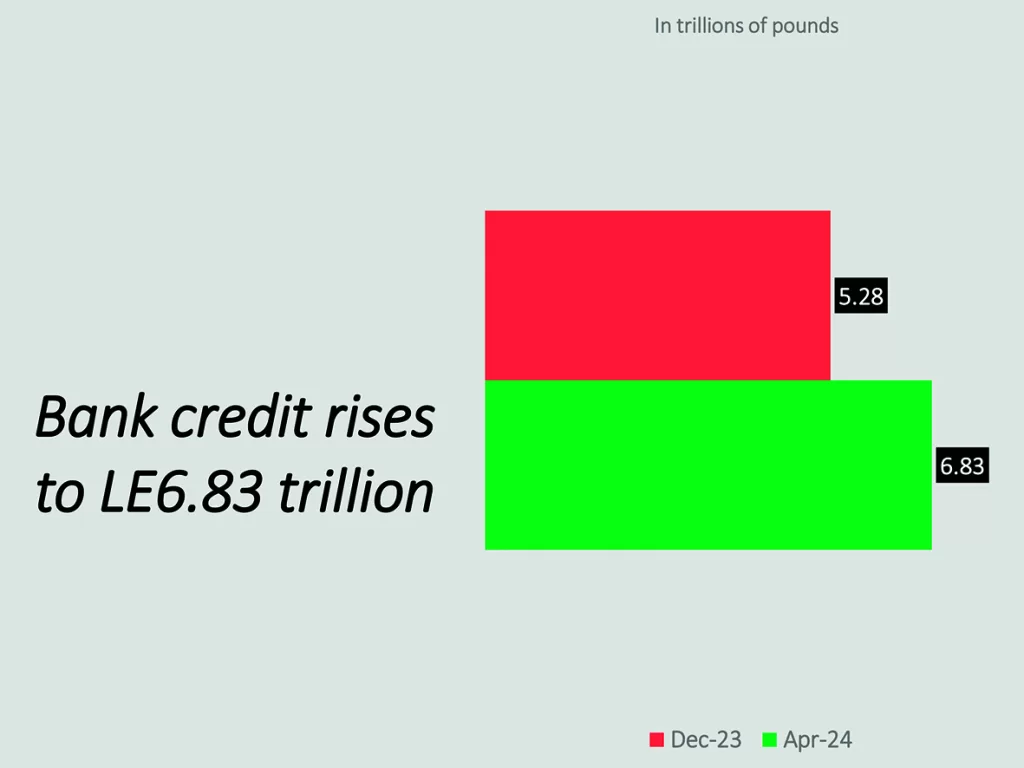
In 2025, the rollback of OPEC+ supply restrictions, monetary policy easing and the potential end of the war in Gaza will push MENA growth to four per cent, according to BMI data.
“We expect that growth in net hydrocarbon exporters will accelerate from 1.5 per cent in 2023 to 2.4 per cent in 2024, with GCC growth surging from 0.6 per cent to 1.8 per cent. OPEC+ measures have notably impacted Saudi Arabia’s oil production, prompting us to cut our 2024 headline growth forecast for the kingdom from 2.1 per cent to 0.7 per cent,” it added.
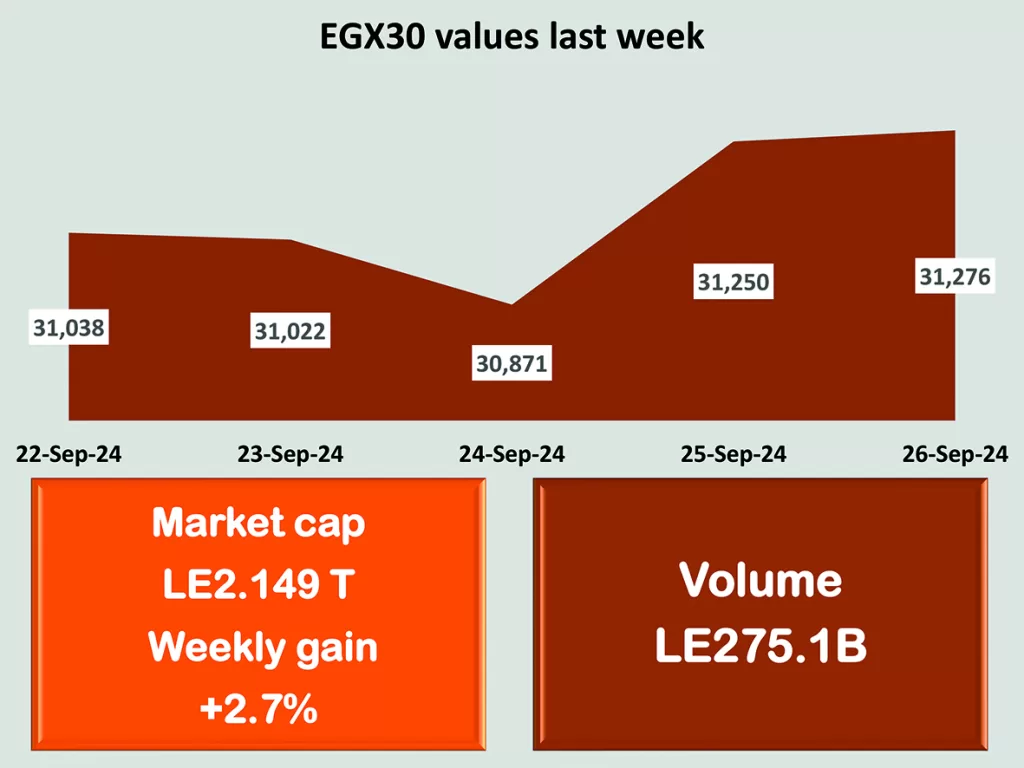
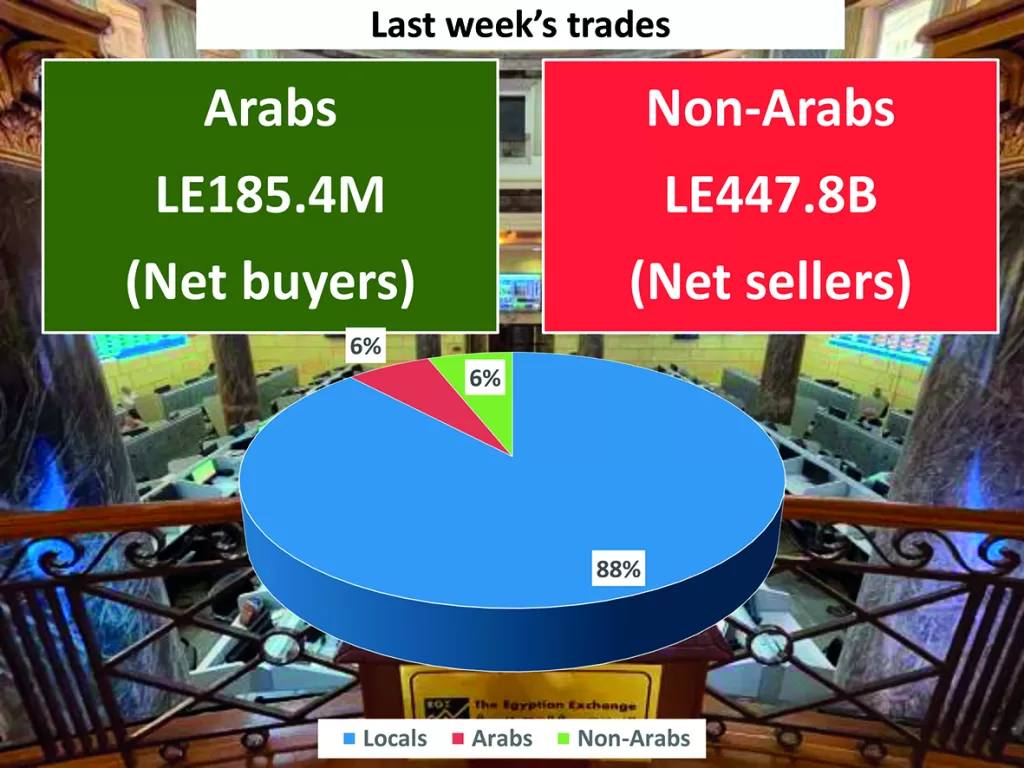



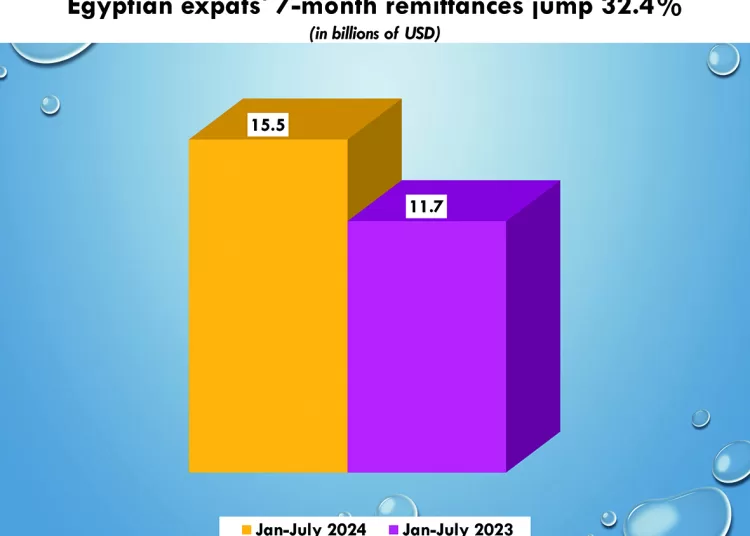


Discussion about this post